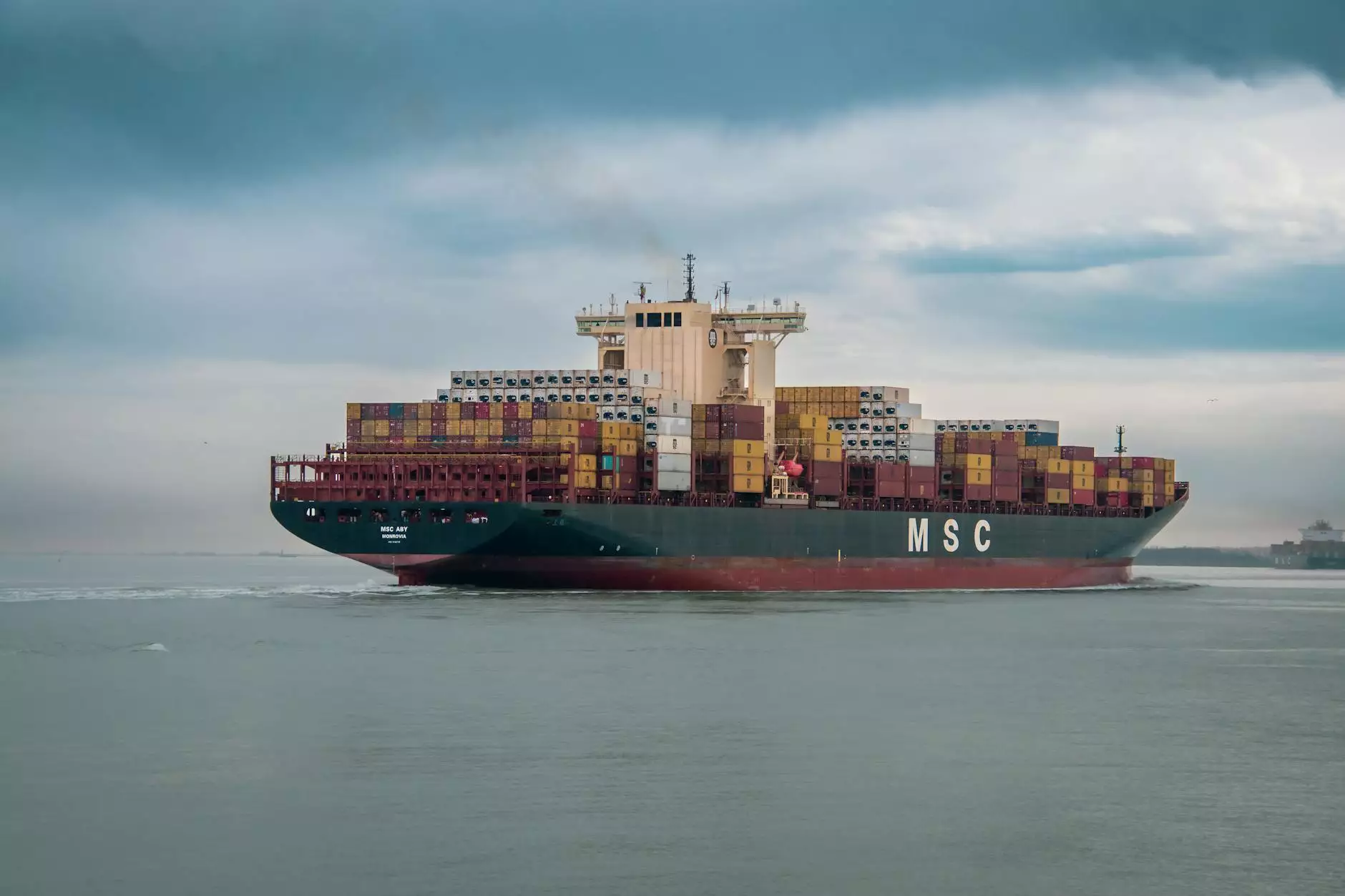Understanding Air Freight Costs: An In-Depth Guide

In the fast-paced world of global trade, air freight has emerged as a key player in delivering goods quickly and efficiently. However, businesses often find themselves grappling with the complexities of air freight cost per pound. In this comprehensive guide, we'll delve deep into the components that influence these costs, provide insights on how to manage them effectively, and discuss strategies to optimize your shipping processes.
The Basics of Air Freight Costs
Air freight costs can be daunting, especially when you're unfamiliar with the industry. The cost per pound can vary significantly based on a range of factors. Understanding these factors is crucial for businesses wanting to leverage air freight for their shipping needs. The essential components to consider include:
- Weight of the Shipment: Air carriers charge based on the actual weight or the dimensional weight of a shipment, whichever is greater.
- Distance: The distance between the departure and destination airports also influences costs, as longer distances typically incur higher charges.
- Type of Goods: The nature of the items being shipped, whether fragile, hazardous, or perishable, can impact the handling and transportation costs.
- Seasonal Demand: Air freight prices can fluctuate based on the season. For instance, during peak seasons like the holidays, costs might spike due to increased demand.
- Carrier Selection: Different airlines offer various pricing structures and service levels. Your choice of carrier can significantly affect the air freight cost per pound.
Understanding Weight and Dimensional Weight
Weight is a primary factor in determining air freight costs. Carriers utilize two measurements in their pricing:
- Actual Weight: This is the physical weight of the package, measured in pounds.
- Dimensional Weight: This measurement is based on the volume of the shipment. It is calculated using the formula: Length x Width x Height / DIM Factor. Many carriers use a DIM factor of 166 for domestic shipments.
Carriers will charge based on the greater of the two, so understanding which weight will apply can help shippers make more informed decisions about their packaging and shipping methods.
Factors That Influence Air Freight Costs
Beyond weight considerations, various additional factors come into play when determining the cost per pound for air freight:
1. Service Type
Air freight services can generally be categorized into two main types:
- Standard Service: Typically offers the best rates with longer transit times, suitable for businesses that can afford to wait a bit longer for their goods.
- Express Service: Faster delivery with premium costs, ideal for urgent shipments that necessitate quick transportation.
2. Packaging
Proper packaging not only protects goods but can also affect costs. Bulky or improperly packaged items may incur additional fees due to dimensional weight calculations. Utilizing the right materials and techniques can help mitigate these costs.
3. Customs and Duties
When shipping internationally, customs fees, duties, and taxes can significantly impact the overall cost. Understanding these charges and budgeting accordingly is essential for businesses that frequently deal with cross-border shipping.
4. Insurance
While not a mandatory expense, opting for shipping insurance can add to your overall freight costs. However, it provides essential protection against loss or damage during transit, making it a wise investment for valuable shipments.
Calculating Air Freight Costs Per Pound
To gain a clearer picture of what you might expect to pay, calculating your air freight cost per pound is essential. Here’s a simple formula to guide you through this process:
Cost Per Pound = Total Freight Charges / Weight of the Shipment
Using this calculation, you can assess whether you're getting a competitive rate from your chosen carrier or need to explore other options.
Optimizing Shipping Operations
Efficiently managing your air freight operations can lead to significant savings. Here are some actionable steps to optimize your logistics:
1. Compare Rates from Multiple Carriers
Always compare quotes from different air freight carriers. Each has its pricing model, and by shopping around, you can identify the best deal.
2. Leverage Technology
Utilizing logistics software can streamline your operations. These tools can help you manage shipments, track costs, and find opportunities for savings.
3. Negotiate Contracts
If your business frequently ships large volumes, negotiate freight contracts with carriers for better rates. Many carriers are willing to offer discounts to retain regular customers.
4. Analyze Shipping Patterns
Regularly review shipping data to understand your patterns. Identifying high-volume periods or repeat routes can help you make informed decisions and optimize costs.
The Future of Air Freight Costs
With global supply chains evolving, air freight is likely to become even more competitive. Innovations in aircraft technology, such as fuel-efficient models and advancements in logistics management systems, are anticipated to drive costs down further.
Moreover, as environmental concerns gain prominence, sustainability practices in air freight are becoming relevant. Companies prioritizing eco-friendly logistics may find that these initiatives also lead to reduced costs in the long run.
Conclusion
Understanding and managing your air freight cost per pound is essential for maintaining profitability in today's dynamic business environment. By grasping the various factors that influence these costs and employing strategies to optimize your shipping processes, your business can thrive in the competitive market.
To navigate the complexities of air freight effectively, partnering with experienced logistics providers like Cargobooking.aero can provide the guidance and resources necessary for success. Embracing efficient practices today will lead to savings and improved service for your business tomorrow.



